A tasty centrist solution for ending the KU war on tree terroir
We, Lexington Creatives for Common Sense, have closely followed the growing suburban landowner revolt against the tree-pruning policies of locally-named Kentucky Utilities, a subsidiary of PPL Corporation, headquartered in Allentown, Pennsylvania and traded for around $28 on the New York Stock Exchange. At issue: KU’s “vegetation policy,” which mandates the cutting of most Lexington trees larger than 15 feet that grow underneath KU powerlines of a certain size.
Events nearly exploded into anarchy early last week when a splinter cell of radical land-owning suburbanites stood in the way of a group of Crab Apple trees inside a median along the Landsdowne Road, the trees having been scheduled for removal by subcontractors for KU. In the fallout to the tense situation, one radical was arrested, and local officials Linda Gorton and David Kloiber (coincidentally, both running for Mayor) blasted the PPL subsidiary as disrespecting our fair city and practicing “unchecked greed.”
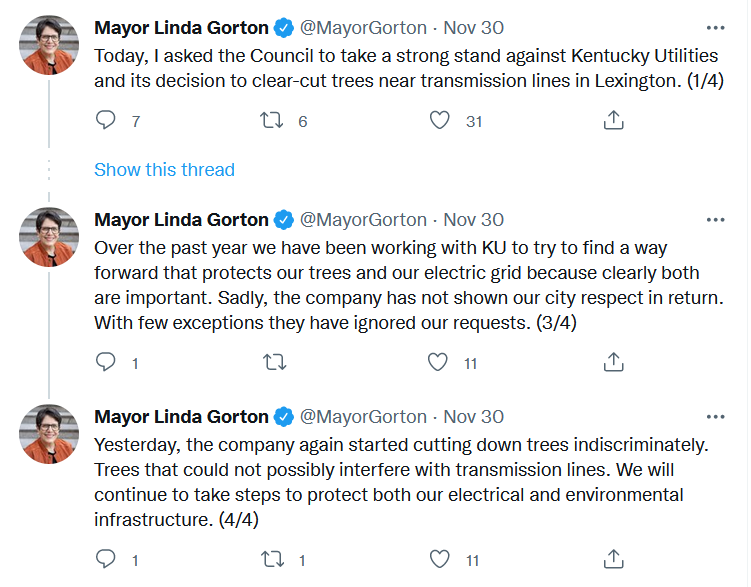
In normal times, we highly-educated Creatives with a passion for Common Sense could be expected to stand in solidarity with protests that center the Tree and (bonus!) also Boo-Hiss an outside corporation with few Twitter followers and meager local influence.
But we do not live in normal times.
And so, in the interests of promoting community harmony, we niche sub-group of Lexington Creatives would like to propose an elegant and long-lasting common sense solution to this wicked standoff that has thus far produced temporary solutions.
We brand our idea BlueBerry Fix.
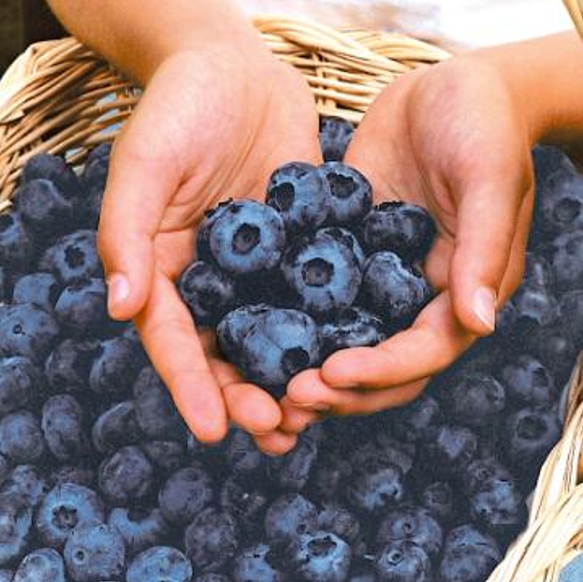
Wicked problems
The KU-suburban homeowner rift is a classic example of what smart people like us call a “wicked” problem, which takes your regular old run-of-the-mill problem to a whole new level of head-scratching difficulty.
Landowners in the suburban South Lexington corridor sprawling beyond the University of Kentucky, an alleged breeding grounds for Lexington tree radicalism, have increasingly become unruly. Amidst this bucolic, rolling, street-pocked suburban territory that lies between Nicholasville Road and the Tates Creek Pike, tree terroirists have banded together and demanded that KU refrain from its policy of universal tree removal underneath its power lines.
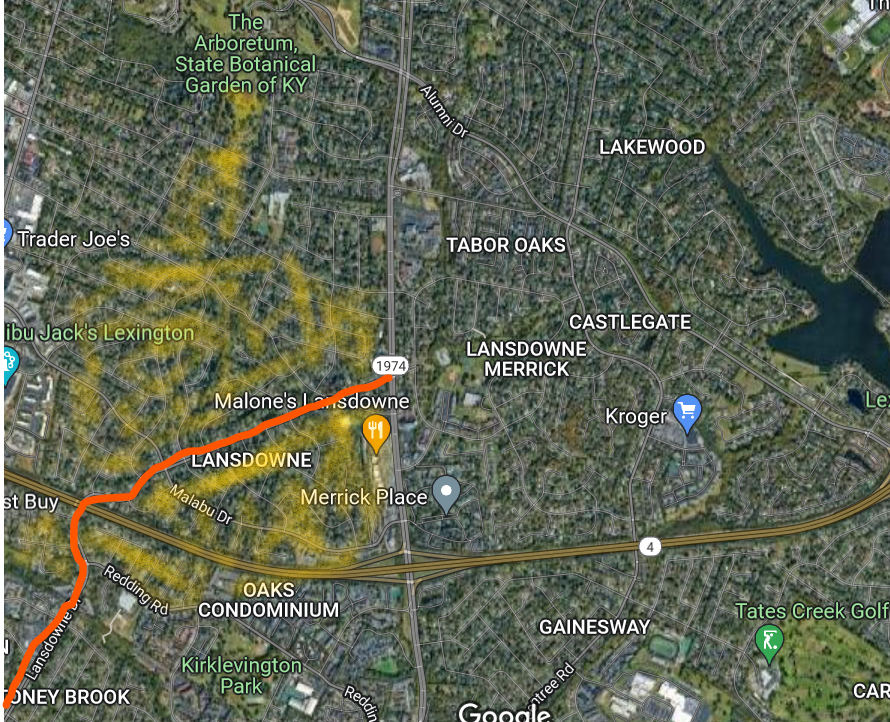
The radicals’ arguments are sound.
- The policy of KU clear-cutting seems newly enforced. This new preference has resulted in the arbitrary loss of neighborhood trees that had been allowed to stand for decades.
- Even trees that pose no threat to power lines or their maintenance are getting whacked. Examples include the 15-20’ tall Crab Apples that the Landsdowne Cell of tree terroirists had vainly attempted to save.
- Clear-cutting trees has negative economic consequences for individual homeowners and their neighborhoods. Community tree cover enhances property values. When KU cuts mature or near-mature trees along or inside the private property lines of a suburban homeowner, that decision negatively impacts that home-owner’s property value–and this likely spurs recruiting efforts across the county into cells similar to the Landsdowne clan.
Further, clear cutting trees willy-nilly along entire power line easement damages the value of a larger, more collective, area—the neighborhood–in which the private homeowner resides.
- With Lexington’s tree cover at under 25%, the KU policy to reflexively chop down all trees seems ecocidal. Trees, like a tidal marsh or peaty bog or creek riffle, provide a number of beneficial community and global stabilizers against a changing climate. Lexington’s low community tree cover means our city is more susceptible to heat waves and incoming monster weather patterns from the west like derechos and tornadoes.
Globally, our lack of trees raises a big middle finger at worldwide efforts to use re-forestation as a low-cost and dispersed means to “suck up” excess carbon dioxide. - KU’s Fayette Urban County policy is rooted in a decision made by far-off corporate owner PPL, which has seemingly based its decision to clearcut off of the problems related to large fires in the western United States—and not on conditions as they exist within Fayette Urban County.
On the other hand, KU’s resistance to the radicals of South Fayette Urban County is equally sound.
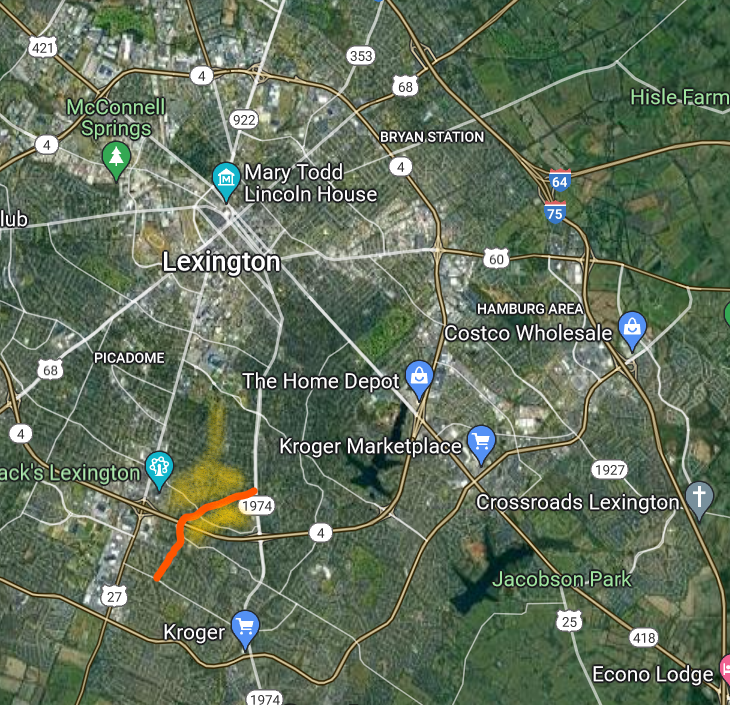
In support of its vegetative policy, KU claims
- Clear-cutting works and is necessary. Vegetation issues cause one out of every six Lexington power outages, KU claims. It also claims that its policies have decreased outages by over 40%. If true, there is a good argument that the local public good is best served by clear-cutting these swaths of right-of-way that now power our lives as much as our roads do.
- Clear-cutting can help the Earth, or at least to help us Fayette-Urban-County it less in the short term. Globally, the world continues to consume more energy, despite numerous long-standing pledges to one day stop doing so. Many of the large-scale solutions proposed to limit emissions, at least in the short-term, involve the use of battery technology, particularly for use in electric vehicles. It should go without saying that our short term carbon-reduction plans will rely upon much more electricity flowing through our electrical lines. Keeping those electricity lines on-line is, arguably, of the utmost importance.
BlueBerry Fix
In the face of such a wicked community problem, CfCS proposes the BlueBerry Fix, an elegant and long-lasting common sense solution that is surprisingly tasty.
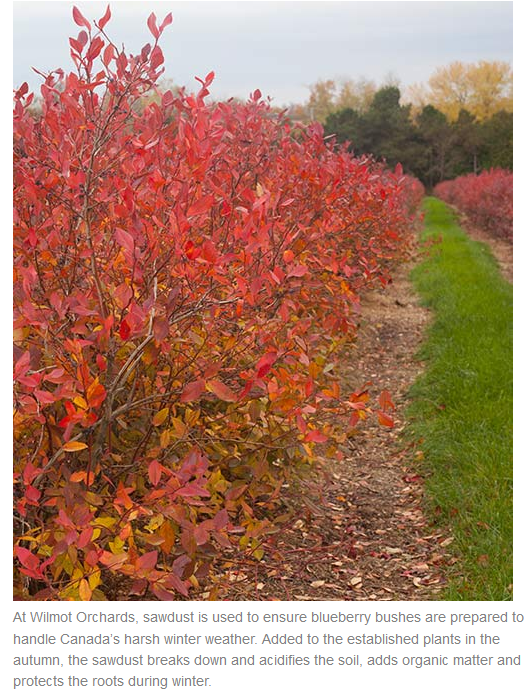
Blueberry (genus Vaccinium) is a low-maintenance perennial bush that is native to North America, thrives in full sun, and tops out at 8’ in height. Particularly in median areas growing crab apple-like trees similar to the ones our Landsdowne tree terroirists attempted to save, these natural blueberry attributes tick a lot of KU and radical boxes. Blueberries keep wires and maintenance workers safe. Their spring flowers and striking red fall foliage provide aesthetic value to the community.
As perennials, blueberry bushes are a net positive on the environment. The greater number of blueberry bushes that fit within the footprint of a single crab apple-like tree limit the growth of perennial grasses, which require continual summer (paid) maintenance that use loud, gas-guzzling mowers. Though we don’t know the specific figures for blueberry carbon sequestration (we have yet to hear back from our smart sources at The Land Institute), we surmise a marginal net sequestration gain by replacing 3 plain ol’ crab apple trees with 30 blueberry bushes.
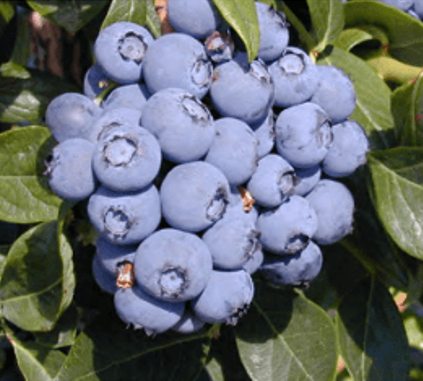
Blueberries are also quite tasty and filled with health-inducing anti-oxidants, which is why there is an over $100 million industry dedicated to them in the United States. In using the many diverse varieties of blueberries on the market to fill our medians, our area neighbors (not to mention their jealously hungry friends and any curious visiting tourists arriving after local weed legalization is passed) are afforded access to free blueberries for several months out of the year.
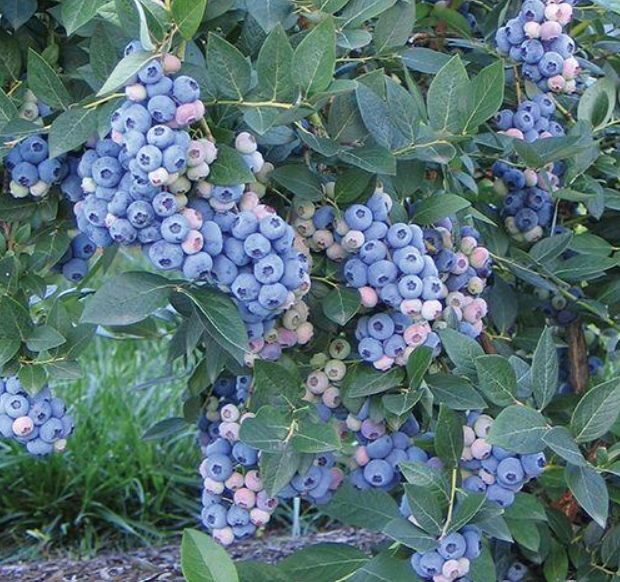
Not only will BlueBerry Fix likely result in upticks in blueberry snacking at school lunchrooms across the city—not to mention blueberry tart baking in kitchens across the county–, it may finally integrate the blueberry smoothie into the stories we tell (and cookbooks we sell) of our authentically world class regional cuisine.
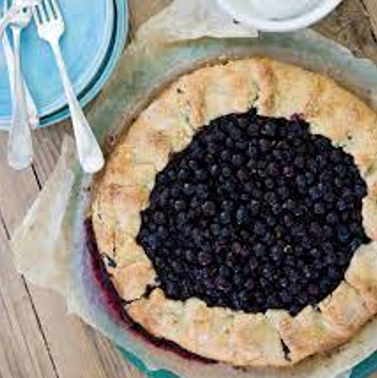
KU, meanwhile, gets an opportunity to switch labor costs from performing break-even trim maintenance to health-inducing harvest management, all the while branding itself as a leader in community engagement and global warming activism.
Implementation
The northern highbush varieties (Vaccinium corymbosum) that are most commonly grown for commercial and common tastiness require slightly acidic soil. In what may represent the only sunk cost, KU would need to hire a farmer from Jessamine or Harrison or Garrard county to lightly disc the median area (or simply cover the median with some broken-down cardboard boxes scavenged from Liquor Barn). Next, it would need to dump a 3-4 inch layer of peat moss and cover with pine bark.
Due to these costs, BlueBerry Fix imagines a 5-10 year rollout of its potassium packed, tasty, diabetes-fighting, centrist solution.

There are a near infinite varieties of corymbosum to suit community desires for height and width of bush, berry size and color, yield amounts, cultural naming history, and resistance to frost and disease.
Generally speaking, though, 1 blueberry bush at maturity (roughly year 7) will run 3-6’ tall and 4-5’ wide, and it will produce annual late-spring berries of a size smaller than grapes. A 15’ wide median that runs 20 yards (60 feet) could replace 3 Crab Apple trees with 3 rows of 10 or 12 blueberry bushes in each row, producing about 1,000 pounds of tasty, colorful, health-inducing blueberries. That’s a lot of happy bellies!
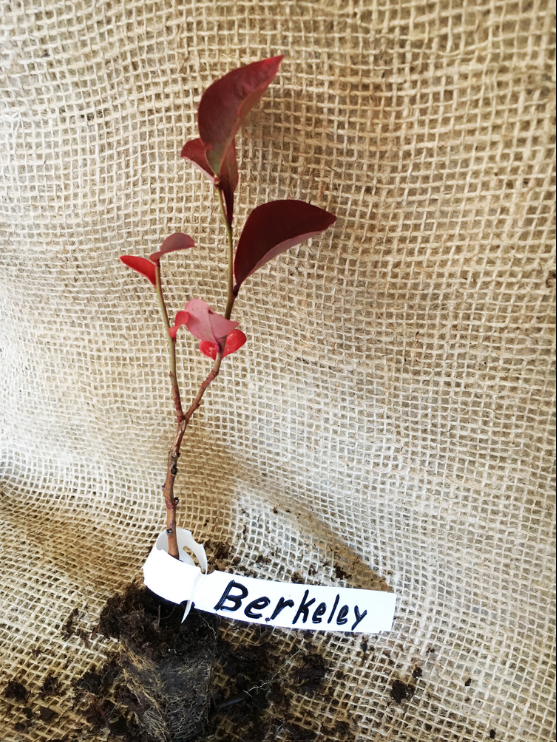
We imagine BlueBerry Fix costs to initially track the $250 per tree re-imbursement money KU already pays out to homeowners who lose trees through its clear-cut polcies. In the example above, a 3-crab apple median would receive $750 in blueberry bush money. This median endowment would encourage the purchase of both the more expensive varieties that are a year away from producing tasty berries (about $30 per plant), and the considerably cheaper “poults” that can be had for $4-5 apiece and require close to three years of growth before setting fruit.
Upkeep for BlueBerry Fix should primarily be paid for through a re-designation of maintenance responsibilities. Pictures taken from the Landsdowne conflict showed at least 7 maintenance workers employed in the chopping of the Crab-Apple trees.
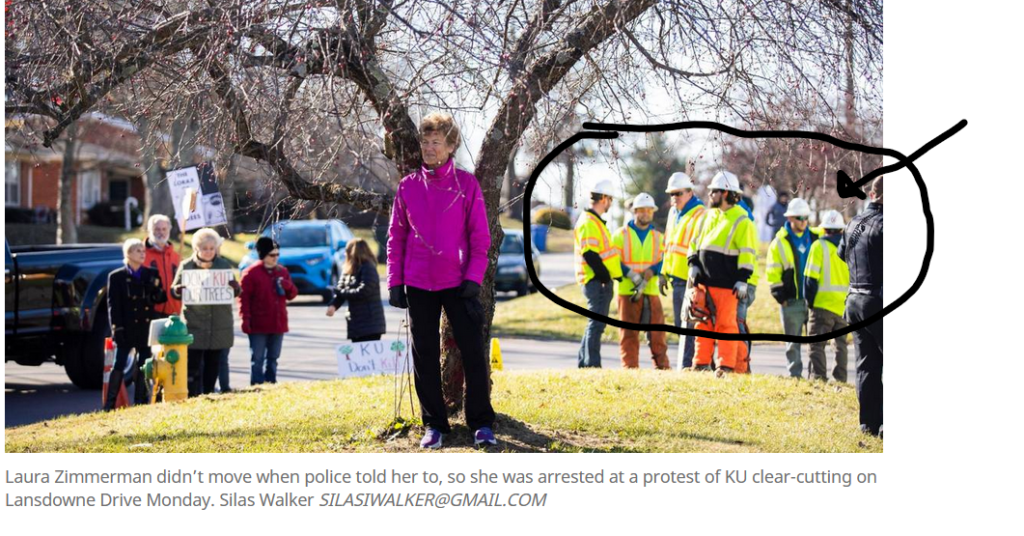
Their work likely included the employment of high-power chainsaws and large trucks with the capacity to make woodchips, tools that continually depreciate in value and require consistent costly maintenance, factors that put downward pressure on the wages paid to the men employed in the picture.
We propose the same costs be directed toward hoes, snips, drip irrigation and acidic soil-builders like pine bark, cedar mulch, and peat moss. And that the medians be managed by workers (perhaps the same men in the picture above) as perennial agricultural plots.
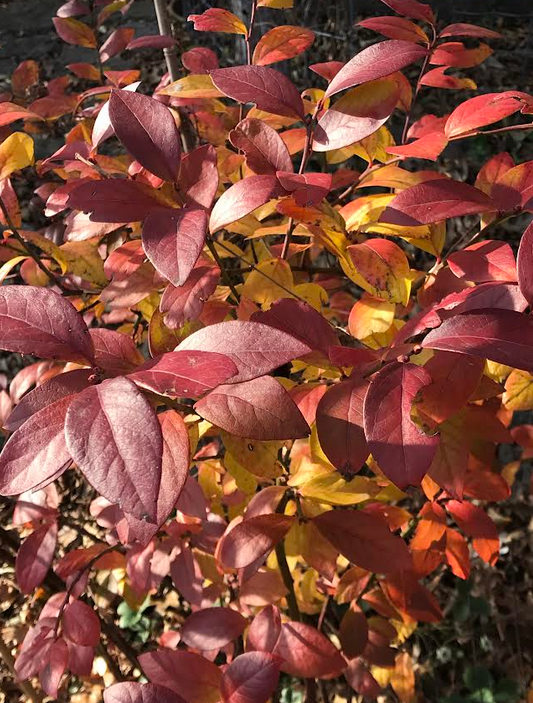
As BlueBerry Fix takes over the county, we imagine a number of efficiencies to improve upon this core idea. These include
- Creation of community-specific summer-time entertainment and/or jobs for the Kids or their stay-at-home parent of the Great Resignation.
- Oversight and profit-taking opportunities given over to neighborhood and smaller levels of management.
- Expansion into raspberry (RaspBerry Fix), gooseberry (GooseBerry Fix), Cranberry (CranBerry Fix), currant (CurrantFix) and other yummy, antioxidant-dense perennials. You name it, we got your Fix.
- Development of community kitchens to produce FUC-berry jam, an expansion of the proposed CfCS Fayette Urban County line of home grown products, to be sold at all shameless local vendors.
- Partnerships! UK Sustainable Ag, Greenhouse 17, Locust Trace, Landscapers, Stay-at-Home Parents, Landscape Architects, Water Witches.

We salute our radical Landsdowners for pushing events to a pitch. We salute our protectors of law for establishing and maintaining order in the face of terroirist activity. We salute the KU subcontractors for not standing down in the face of a rabble. We salute our major politicians and KU CEOs for swiftly executing a temporary and ad hoc solution, and for our media to be along for every step of this important journey. Everyone performed their job admirably and can give themselves a sure pat on their own back.
But in these times of extreme radicalism, we Creatives for Common Sense believe that our best solutions can often reside in the tasty, Vitamin C and Vitamin K rich, blueberry middle.
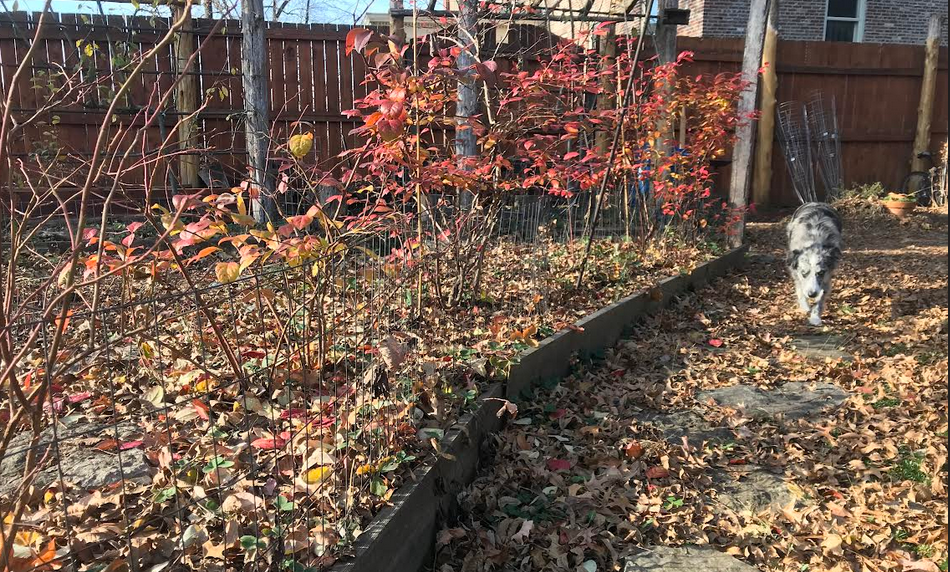
We believe now is the time for all parties to set aside their old clear cutting ways of thought. We believe now is the time for BlueBerry Fix.
The Lexington Creatives for Common Sense are currently holed up in a Paris flophouse while they complete late-draft revisions for Step 2 in their study, How to be anti-racist like Griffin Van Meter in 10 easy steps.

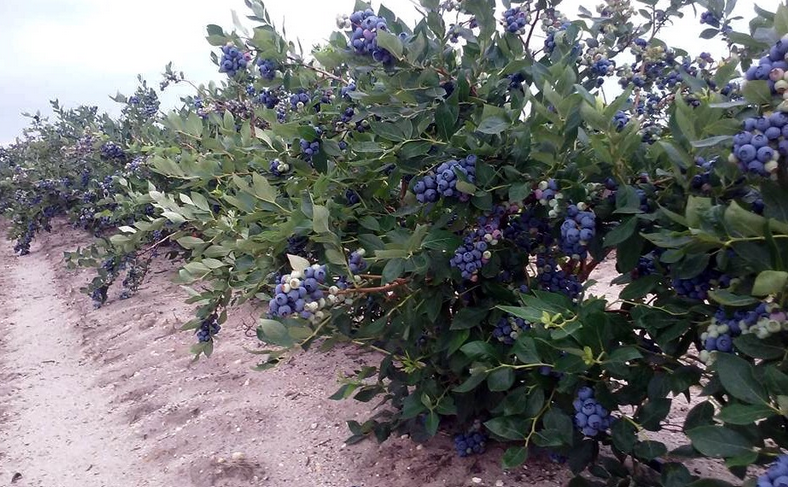
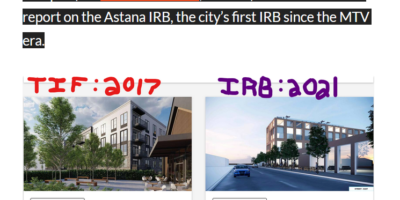
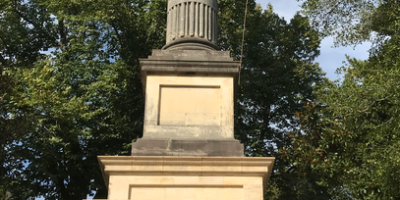

Leave a Reply